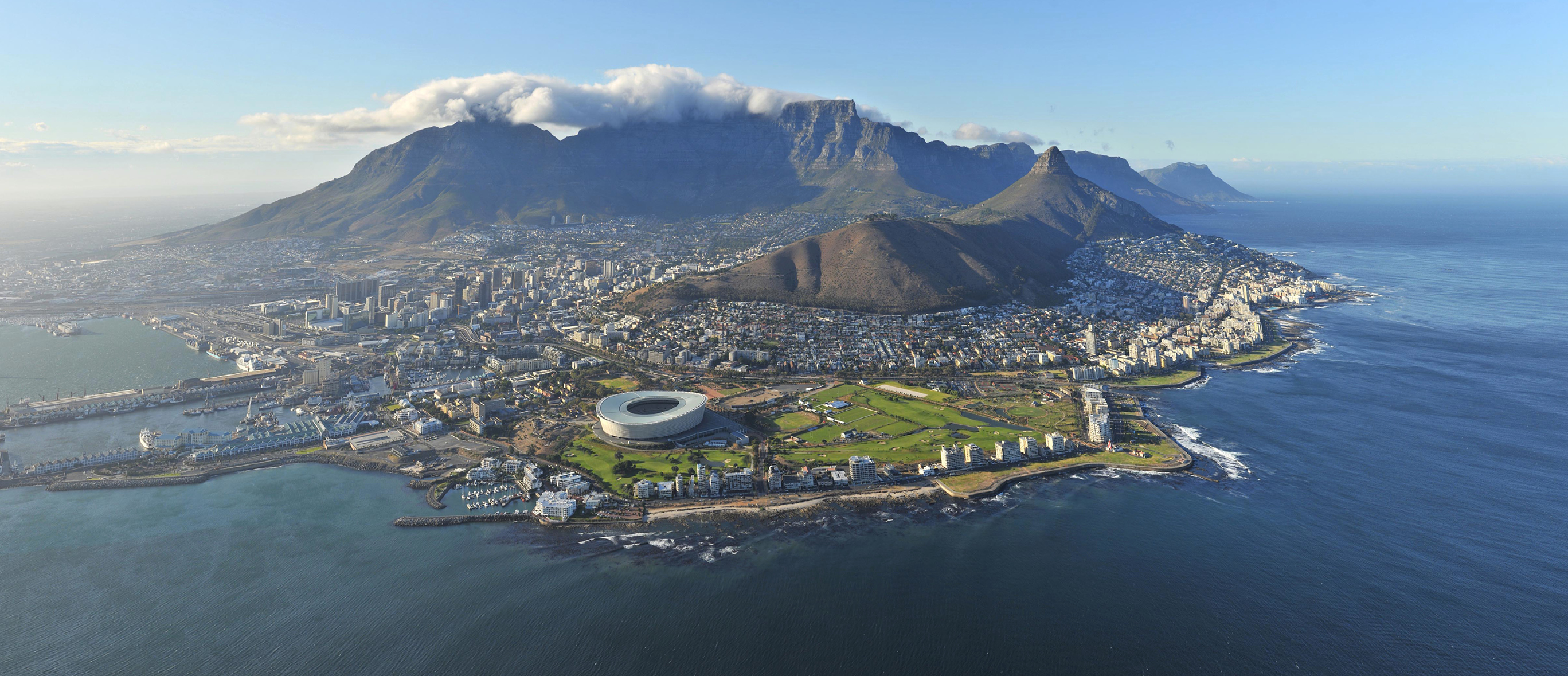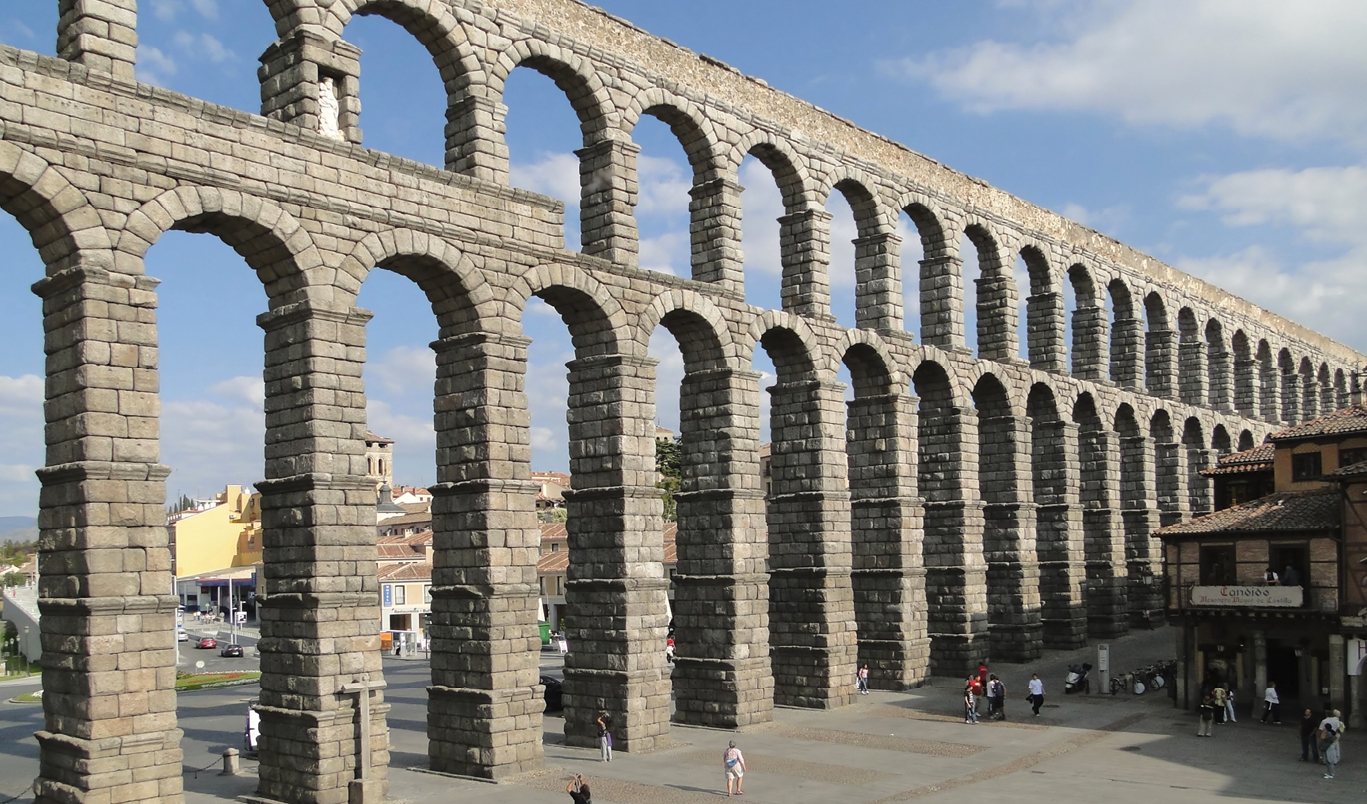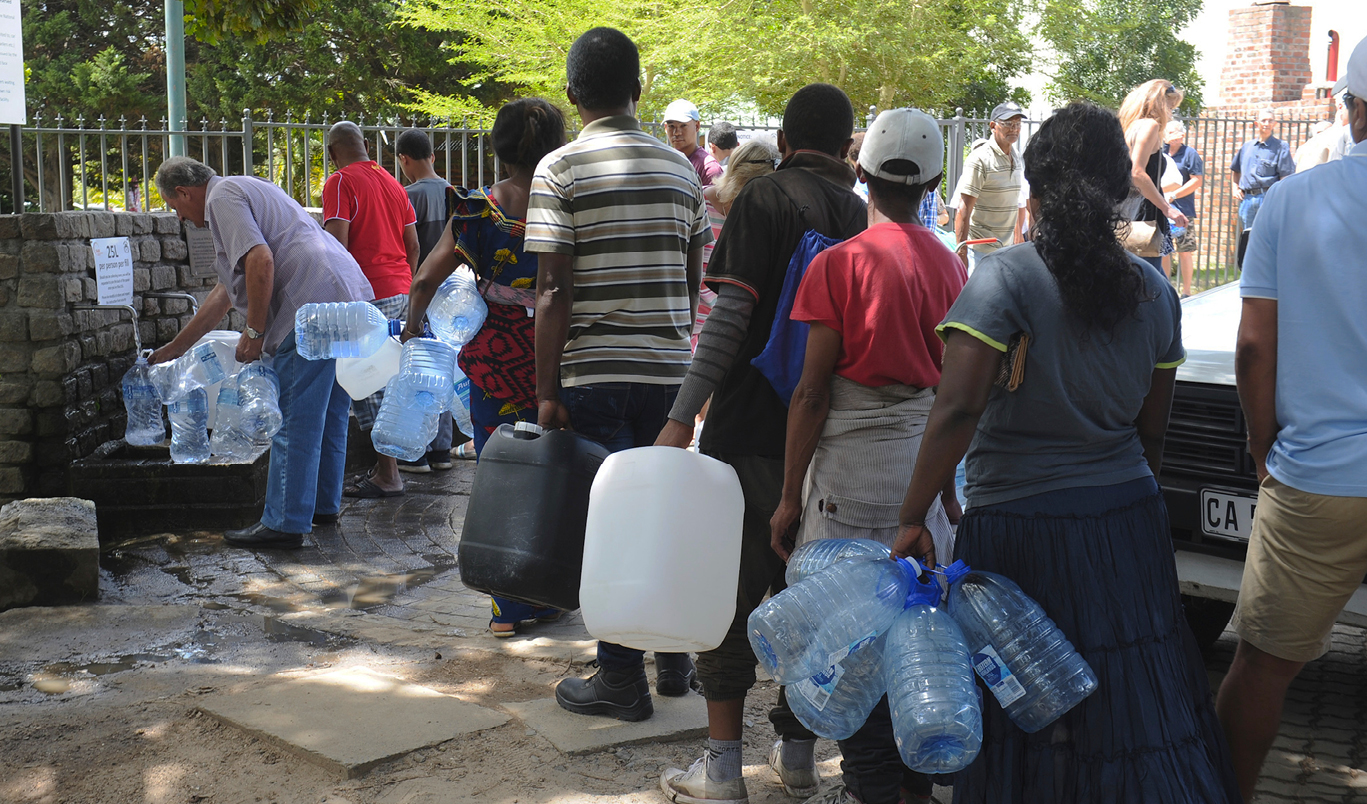Day Zero

Cape Town, South Africa
IN the next few months, if things don’t change, Cape Town, South Africa will run out of water. Over the next few years, a number of major world cities will be facing the same problem. Places like London, Tokyo, Moscow, and Beijing are all hitting a time of too little fresh water and too many people who need it. How long has this been going on though?
Several thousand years ago this month, allegedly, water was also a bit of a problem. The Israelites were trying to escape from Pharaoh and the only thing standing between them and total annihilation was one big body of water. So Moses, who was leading this Exodus, did what he had to do: He parted the waters of the Red Sea, allowing his people to escape the Egyptians and spend the next 40 years wandering the desert, looking for the holy land, a place where we could settle, a place with enough food and water for everyone, without having to rely on baking matzoh on flat rocks and manna from heaven.
It’s an old story, one we tell every year (Next year in Jerusalem, right?)
Of course, today, not much has changed and water is still a bit of a problem. Although it’s not the excess blocking our path, but the absence which is not allowing us to move forward.
As humanity, we’ve had a long and complicated history with the stuff. Our bodies are made mostly of water and as we were coming to consciousness, the idea of a garden, a place lush with greenery and vegetation, an oasis in the desert, a place only possible with a flowing supply of water, was the image which permeated our thoughts. Civilization itself depended upon not only finding it, since any animal could do that, but cultivating it, bending it to our will and purpose.
At first, we stopped our roaming when we found a source, a river or a heavy stream, an inlet or even a lake, which could support us. This was the problem with that flight from Egypt – the reason we didn’t just stop on the other side of the sea and thumb our noses at those pursuing us – we couldn’t drink the saltwater. So we wandered.
But where civilization flourished was where we could drink the water. About 8,000 years ago, we finally figured that out. Jericho, famous for its walls, was the first permanent “urban” settlement and it was located near fresh water springs. This is a place where we could dig trenches and furrows and grow crops to last through the winters. If you look at almost all the capital cities, all over the world, they were founded and built near these water sources (kinda makes you wonder what they were thinking of when they planned Las Vegas, eh?). There are archeological records of wells in ancient Egypt, and in Mesopotamia, stone gutters for channeling rainwater have been found. Over in Crete, they were actually building bathrooms and toilets back in the Bronze Age, about 2000 years before the Common Era.
Of course, if you need water elsewhere, you have to be like the Romans and invent technology to move it where you want it to be. The aqueducts of Rome, which started showing up about 1500 years after the Cretans, were used to move large amounts of water from one area to another (preferably downhill, although Archimedes figured out a way, using a screw, to move it uphill, but that’s a different story).
With the Romans and their ability to move water where it’s needed, all of a sudden, populations weren’t tied to the areas right around the river bend. They could grow and expand, families could have more kids and farmers could till more land to feed them (and expand their conquests since they could now get water to the military as well).
Over time, though, those expansions have become slightly problematic. Sure, things were going pretty well through the dark ages and as we headed towards the present day everything seemed like it was on course and doing fine. Then the Industrial Revolution happened and things kind of exploded. Human population jumped in alarming numbers. Fekri Hassan, in Water: History for Our Times, points out that “the acceleration of the pace of industry and a new set of services have created a new demand for water that was once primarily allocated to agriculture and food production. This extraordinary increase in the demand for water has been matched by an attack on the purity of water resources caused by industrial and urban pollutants.”
In other words, as we’ve gotten more people, we’ve also gotten more things on which to use water. And the water we have, we’re not doing much to protect. If water were an infinite, renewable resource, this wouldn’t be a bad thing, but it’s not. No matter how big the oceans seem to be, no matter how much water flows over the rim at Niagara Falls every minute (which, at peak times, is more than 6 million cubic feet) we’re living in a closed system and we rely on the planet itself to provide the drinking water we need.
Every 7th grader who’s ever had to do a last minute science fair project (and already used up their allotment of baking soda volcanoes) understands the way water cycles work – evaporation takes the water up into the sky, which then returns it clean as rain and snow, which then makes its way down the slopes (remember the aqueducts?) to where we need it. But as there are more of us on the planet, that water gets spread around amongst more people and so while our supply is thinner, our need remains the same. EveryLittleDrop.com claims that in most developed nations, the average daily consumption is about 100 liters a day, while in some countries, like Germany, the average is 130 liters. Of course, in the United States, the average is between 200 and 400 liters per day. “The German Federal Environment Agency has calculated that on average only 4 liters of the 130 is used for drinking and cooking and almost 50 liters is used for personal hygiene, such as taking showers and baths.” And this doesn’t even take into account the water used for raising produce or livestock, nor preparing said products for consumption.
Face it, we use a lot of water, every one of us, every single day.
But now, things are taking a turn for the worse. Climate change is affecting the weather patterns and the rainfall we’d come to rely on just isn’t there. We can see it at Lake Mead, where we’ve been in drought conditions for more than the past decade, even dropping, briefly, into shortage conditions as recently as two years ago (this isn’t about the differently colored ring you can see as you drive past, although it is useful as an indicator). But that hasn’t stopped the Bellagio fountains from going off every 15-30 minutes or the $500-a-round golf courses from keeping their greens…well…green.
Because we look around and just don’t see the danger. We deny the fact that the climate is changing and we luxuriate in our long, hot showers without ever thinking of the people in African nations who must walk dozens or even hundreds of kilometers for fresh, drinkable water. And all of this leads directly to what’s going to happen next month in Cape Town, South Africa.
Cape Town relies heavily on rain to fill up its reservoirs, despite the fact it lies in the confluence of the South Atlantic and the Indian Oceans, and sometime in mid to late April, they’ll run out of water. Already they’re reduced to eliminating non-essential services and each person is limited to 50 liters (about 13.2 gallons) a day. Come “Day Zero” that number drops by another 50% and all residential water will be delivered via 200 or so “water points.” Thing is, they’ve known this was coming. The drought there began in 2015, but even before that, the infrastructure wasn’t up to the task of making sure the entire population was getting what it needed.
If it was only Cape Town, though, maybe the world could gather and hold a concert, have phone lines installed so Americans could pledge a couple of gallons a week from their overabundant supplies and all would be well until the rain fell again. Except it’s not just Cape Town. Last summer, UN Secretary-General Antonio Guterres said “If current patterns of consumption continue unabated, two-thirds of the world’s population will be facing water shortages as a daily reality by 2025.” Furthermore, he noted the demand, worldwide, for fresh, clean water is projected to grow by more than 40% by the year 2050. By then, at least 25% of the global population will be living in countries where a recurring lack of fresh water will be a common issue.
2050. That’s only 32 years away. Our desert wandering took 40. Maybe we need those extra 8 years to figure out a good plan to make sure everyone on Earth gets the water they need to live and bathe and, yes, even play golf. Then again, they were wandering in an age bereft of cell phones and desalinization plants and with the way manna hasn’t been falling from heaven lately, I really hope we can beat their record.

The arches of an elevated section of the Roman provincial Aqueduct of Segovia, Spain

Cape Town residents line up for water at one of the few natural springs
